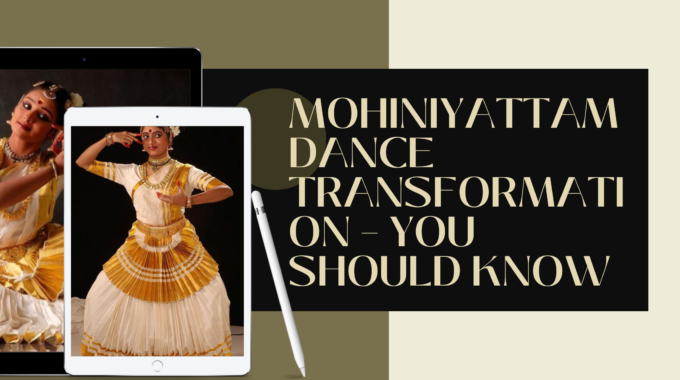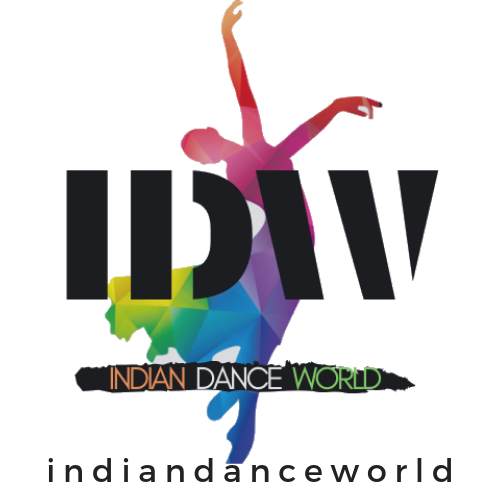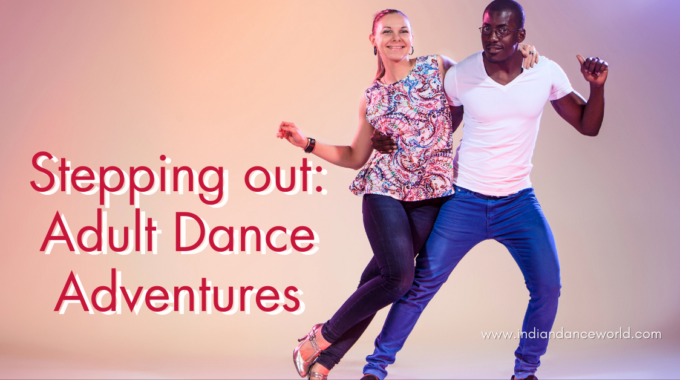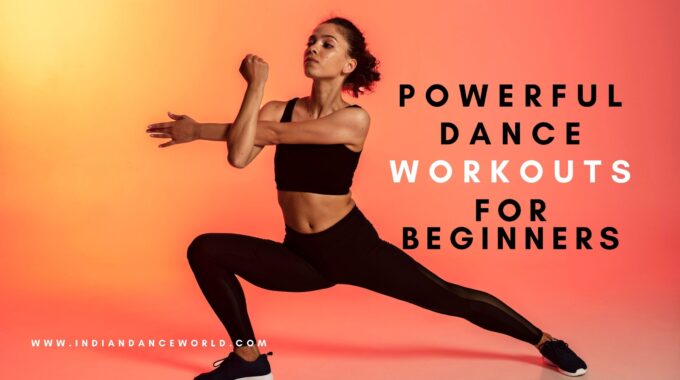However, there is no age bar to learn and enjoy dance. To Dance as an adult is an easy task if you are properly trained and tutored by a professional dance instructor.

Mohiniyattam dance transformation – You should know
Mohiniyattam is One of the best parts of Indian classical dance or folk dance of India. It also comes from Kerala (India) like another classical dance style, this dance form found its name Mohiniyattam from the Mohini word, which mythical enchantress avatar of the Hindu lord Vishnu.
Origin
The roots of the Mohiniyattam style are also the same as another classical dance form from Natya Shastra, which means Dramaturgy – the pristine Sanskrit text on presentation arts. Even so, it also follows the Lasya form which is Mentioned in Natya Shastra. But its first anthology was well known between 200 BCE and 200 CE. but beliefs vary between 500 BCE and 500 CE. The text delineates key elements or the framework of two types of dance: the strong, high-power Tāṇḍava dance (Shiva) or the gent, calmingly lovely Lāsyā dance (Parvati, Shiva’s lover). Mohiniyaattam follows the frame and Objectives of the Lāsyā dance in Natya Shastra. Kerala, the only region where this dance style evolved or is plausible, has a prolonged tradition of Lasya dance whose basics and framework are probably at the foundation. The earliest confirmation of Mohiniyattam or a classical dance-like dance tradition is found in the temple sculptural art of Kerala. Vishnu shrine at Thrikkodithanam in the 11th centenary, or Kidangoor Subramanya temple, has many statues of female artists in Mohiniyattam dance mudra. The textual vindication of the 12th century onwards knows that Malayalam vocalists and dramatists involved Lāsyā themes. The 16th centenary Vyavaharamala by Nambootiri includes the 1st known article of the period Mohiniyattam, in the reference to a clearance to be made to a Mohiniyattam performer. another article, Gosha Yatra, of the 17th centenary, also describes the term. The 18th centenary Balarama Bharatam, the main subsidiary work on Natya Shastra part in Kerala, described numerous dance genres including Mohini Natana. In the 18th or 19th centenary, Mohiniyattam rise as a dance form and received a protectorate of competing for royal states. In exclusive, the early 19th centenary sponsorship or structure of a unified Mohiniyattam or Bharatanatyam set of maestro by the Hindu prince, poet or music melodist Swathi Thirunal Rama Varma contributed to the evolution or framework of modern Mohiniyattam.
Basic steps
Adavus steps have been organized by Smt.Kalyanikutty Amma. before it, there was no real stance on the Adavus. It was taken from various sources like Thiruvathirakali and old scriptures. Amma was helpful in arranging patterns for Adavus and naming them all. after that when the dance style developed multiple Mohiniyattam maestros contributed to or improve the Adavus group by Amma.
Mohiniyattam Adavus are separated into 4
- THAGANAMS – 14
- JAGANAMS – 6
- DHAGANAMS – 4
- SAMISHRAMS or the VAKRAMS
There are some Mohiniyattam Dancers which are famous worldwide.
- Sunanda Nair
- Kalamandalam Radhika
- Rema Shrikant
- Pallavi Krishnan
- Aline Civinelli
- Kalamandalam Hymavathy
- Radha Dutta
- Sindhu Kiran
- Radha Marar
So finally we are going to give you some free learning resources from where you can learn Mohiniyattam Dance anywhere or anytime because it’s our first priority to provide you with free dance knowledge.
- Ignousopva: the open source on YouTube for beginners you can learn basic moves from others there.
- Irena Mihalkovich: also another platform where you can get a good knowledge of Mohiniyattam dance.
- Mohini Dance School: belongs to Mohiniyattam Dance based in Seattle, WA, USA. was founded by Smitha Krishnan and is dedicated to teaching Mohiniyattam, the classical dance form of Kerala.
let’s know about other cultural or folk dances of India state-wise.



